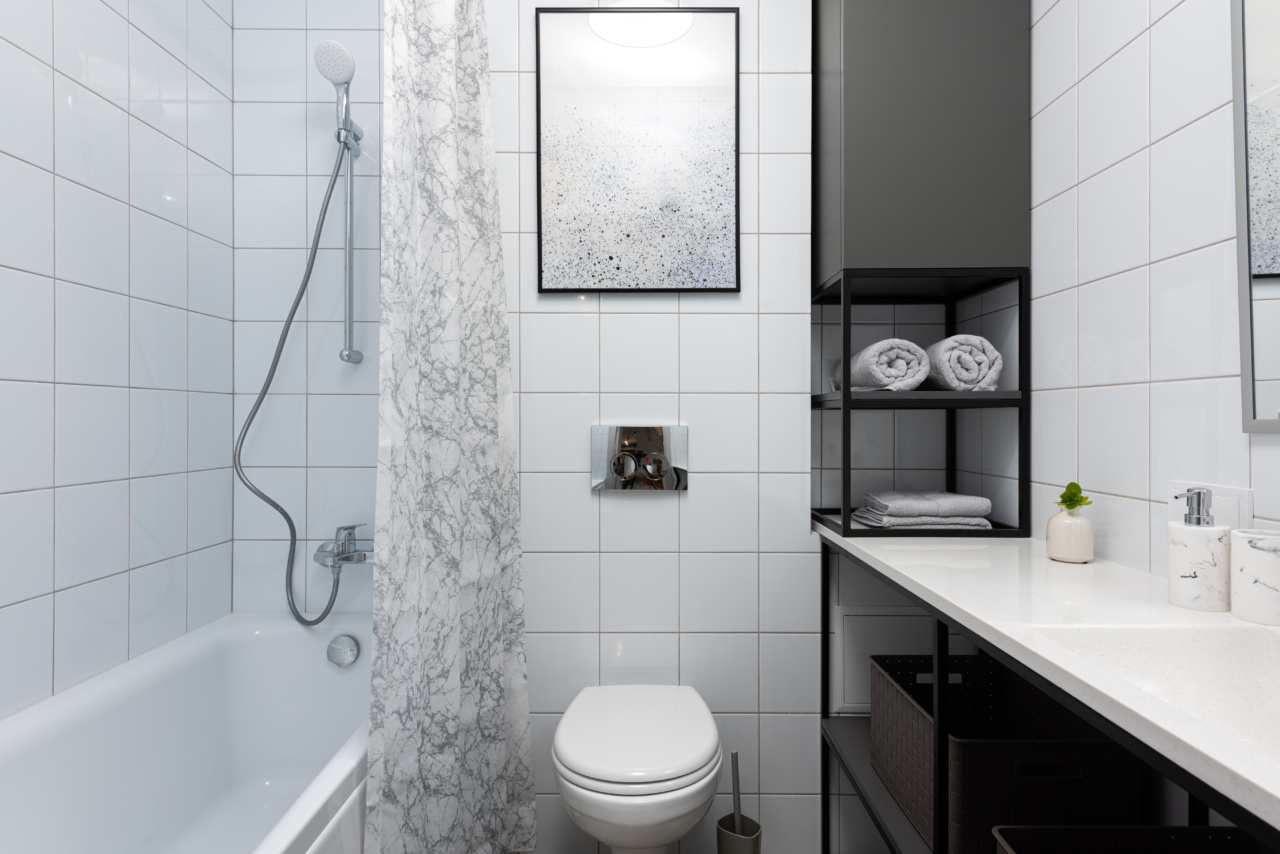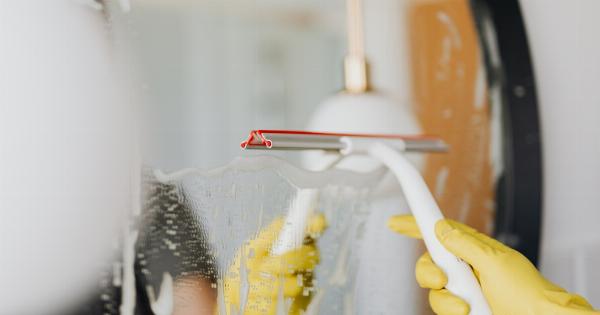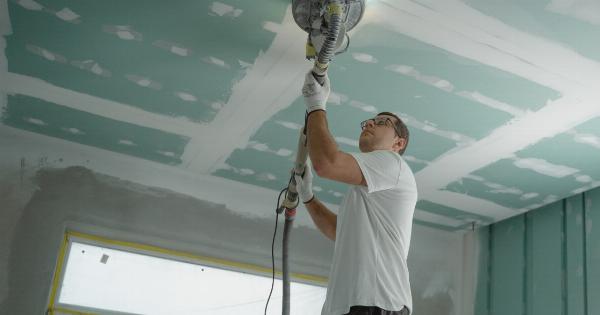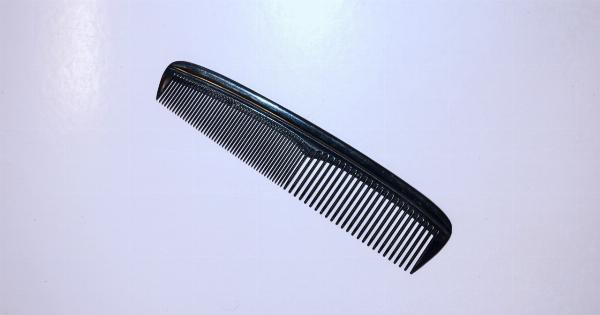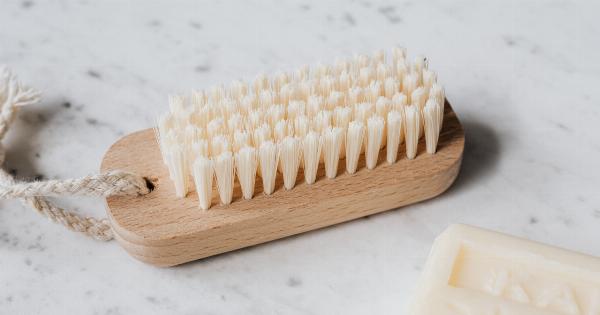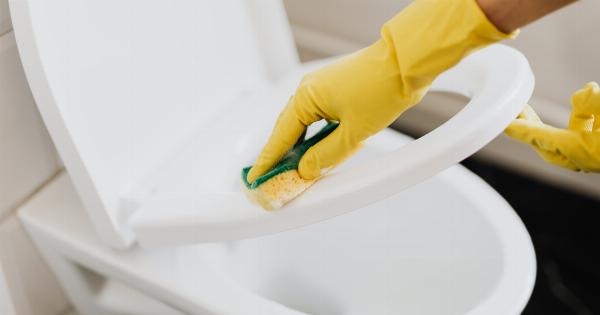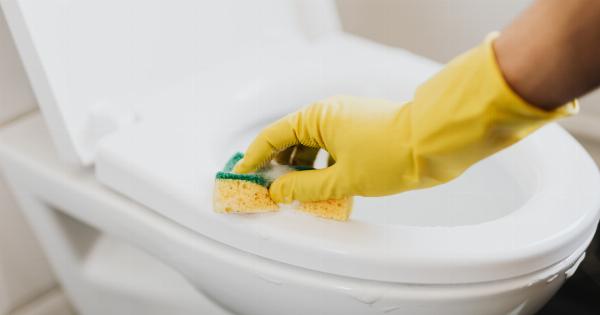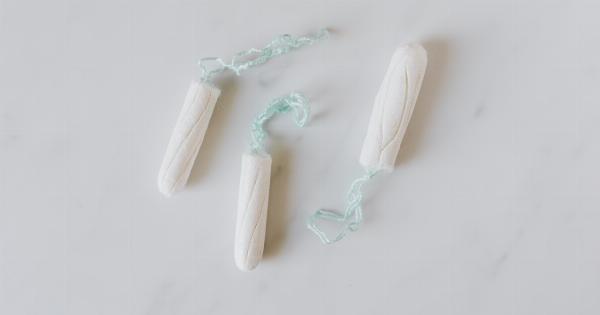Your home is your sanctuary, and there’s no better way to keep it that way than by ensuring it’s clean and safe at all times.
But how do you know when it’s time to replace everyday items like toothbrushes, bath curtains, mattresses, and more?.
Toothbrushes
Toothbrushes are an essential part of maintaining good oral health. However, the American Dental Association (ADA) recommends replacing your toothbrush every three to four months, or sooner if the bristles are frayed or worn out.
Using a worn-out toothbrush can be ineffective in removing plaque and food particles, leading to dental problems such as cavities and gum disease. Additionally, if you’ve been sick recently, it’s best to replace your toothbrush to avoid re-infection.
Bath Curtains
Bath curtains are notorious for collecting mold, mildew, and soap scum. It’s recommended to replace your bath curtains every six to twelve months, depending on how often they’re used.
If you notice mildew or mold stains that you can’t remove, it’s time for a replacement as these can be harmful to your health.
Mattresses
A good mattress is essential for a good night’s sleep. However, mattresses collect dust mites, dead skin cells, and other allergens over time.
It’s recommended to replace your mattress every seven to ten years, depending on the quality and usage. If you wake up feeling tired and achy or notice sagging or lumps in your mattress, it’s time for a replacement.
Pillows
Pillows are another item that should be replaced regularly. The National Sleep Foundation recommends replacing pillows every one to two years to keep allergens at bay and maintain support.
You can tell it’s time for a replacement if you notice lumps or sagging, or if your pillow has become discolored or smells musty.
Bath Towels
Bath towels are an everyday item that should be replaced regularly. The frequency of replacement depends on how often they’re used and how well they’re cared for. It’s recommended to replace bath towels every one to three years.
You can tell it’s time for a replacement if your towels have lost their softness, are discolored, or have a musty smell after washing.
Mop Heads
Mop heads are another everyday item that should be replaced regularly. If you’re using a traditional cotton mop head, it’s recommended to replace it every three to six months, or sooner if it becomes frayed or worn out.
If you’re using a microfiber mop head, it can last six months to a year, depending on usage and maintenance. You can tell it’s time for a replacement if the mop head is soiled, smells bad, or releases dirt and debris instead of picking it up.
Cutting Boards
Cutting boards are another item that should be replaced when they become worn out. The frequency depends on the quality and usage, but it’s recommended to replace plastic cutting boards every two years and wooden cutting boards every three years.
You can tell it’s time for a replacement if you notice deep grooves or scratches that are difficult to clean, or if the board is stained or has a musty odor.
Kitchen Sponges
Kitchen sponges are a breeding ground for bacteria and should be replaced regularly. It’s recommended to replace your kitchen sponge every one to two weeks, or sooner if it becomes stained or smelly.
You can also put your sponge in the microwave for 30 seconds to kill bacteria.
Refrigerator Coils
Refrigerator coils are an often-overlooked item that should be cleaned regularly. Dirty coils can cause your refrigerator to work harder, leading to higher energy bills and a shorter lifespan for your refrigerator.
It’s recommended to clean your refrigerator coils every six months or more often if you have pets that shed.
Air Filters
Air filters are essential for keeping the air in your home clean and healthy. However, they need to be replaced regularly to be effective. It’s recommended to replace your air filters every three months, or more often if you have allergies or pets.
You can tell it’s time for a replacement if you notice decreased air flow or if the filter is visibly dirty.
Conclusion
Keeping your home clean and safe is essential for your health and well-being. Knowing when to replace everyday items like toothbrushes, bath curtains, mattresses, and more can help you maintain a clean and healthy environment.
By following these recommendations, you can ensure that your home remains a sanctuary for years to come.
